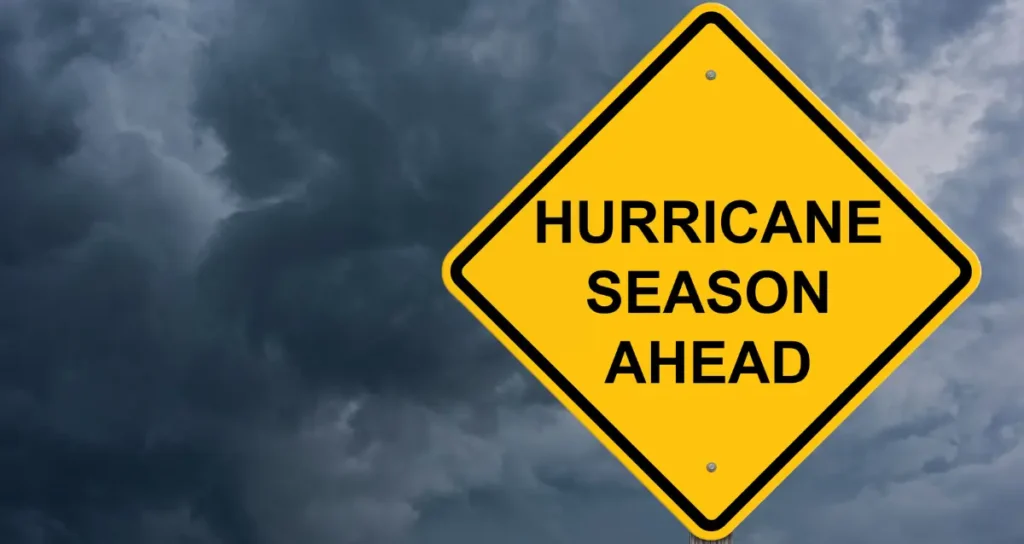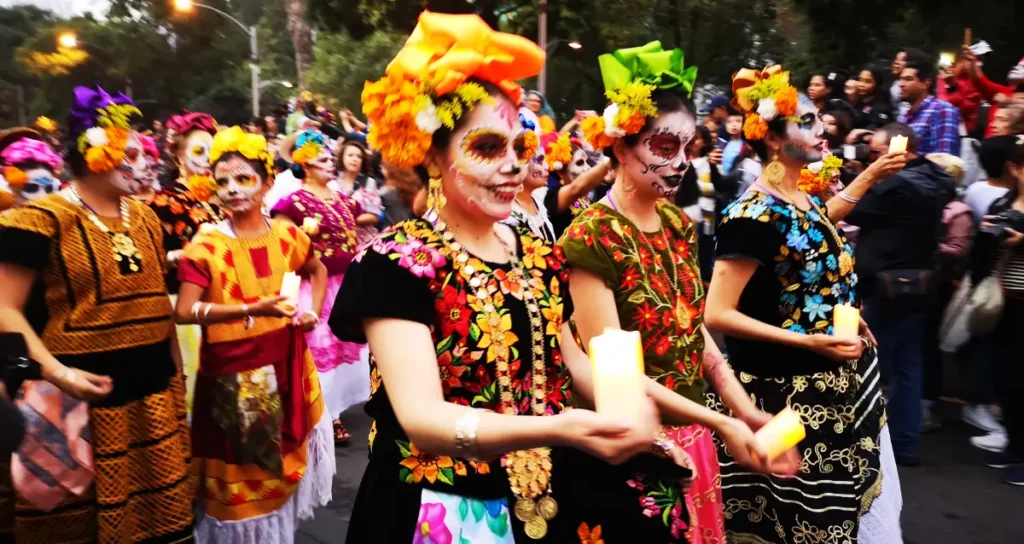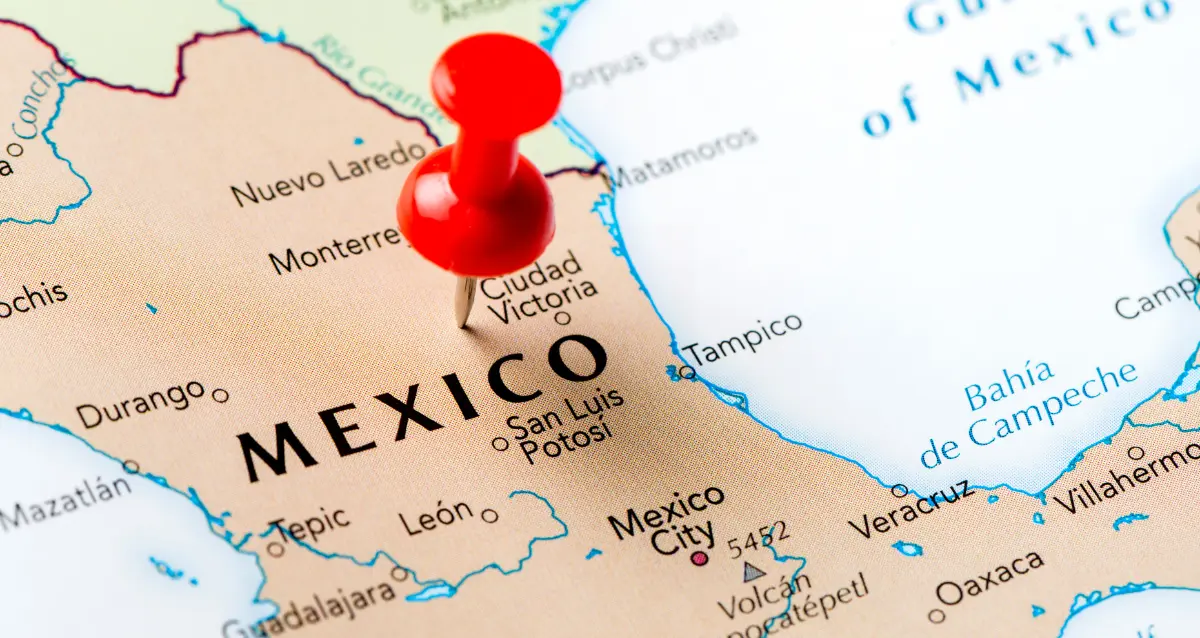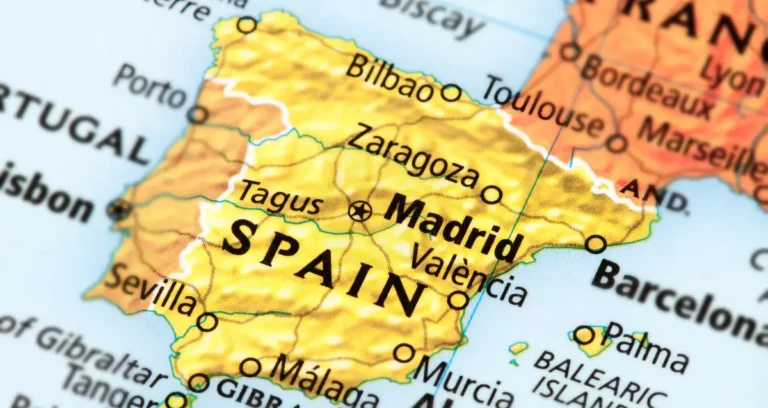The Worst Time to Visit Mexico: Navigating Seasonal Challenges
Mexico, a country rich in history, culture, and natural beauty, captivates travelers from around the world. However, timing your visit can significantly impact your overall experience. While Mexico offers a diverse range of attractions and activities throughout the year, certain periods may present challenges that could dampen your trip. From unpredictable weather patterns to social unrest and peak tourist seasons, understanding the potential pitfalls can help you plan a more enjoyable and hassle-free vacation.
The Worst Time to Visit Mexico:
The Rainy Season
Monsoon Months
One of the most significant factors to consider when planning a trip to Mexico is the rainy season, also known as the monsoon season. This period typically spans from June through October, with variations across different regions of the country.
Timing and Duration
The onset and duration of the rainy season can vary slightly from year to year, but generally, the heaviest rains occur between July and September. During this time, Mexico experiences an influx of tropical moisture from the Pacific Ocean and the Gulf of Mexico, leading to frequent thunderstorms and heavy downpours.
Regional Variations
While the rainy season affects most parts of Mexico, certain regions may experience more intense rainfall or longer durations. For example, the southern states along the Pacific coast, such as Oaxaca and Chiapas, tend to have a more prolonged and intense rainy season compared to the northern and central regions.
Challenges of the Rainy Season
The rainy season in Mexico can present several challenges for travelers, including:
Flooding and Accessibility Issues
Heavy rains can lead to flooding in low-lying areas, making it difficult to access certain destinations or attractions. Roads may become impassable, and outdoor activities like hiking or exploring ancient ruins could be disrupted or even dangerous.
Disruptions to Outdoor Activities
Many travelers visit Mexico to enjoy its beautiful beaches, outdoor markets, and natural wonders. However, during the rainy season, these activities may be hindered by heavy downpours, high humidity, and occasional thunderstorms, limiting your ability to fully experience Mexico’s outdoor offerings.
Increased Humidity and Discomfort
The combination of high temperatures and excessive moisture in the air can make the rainy season quite uncomfortable, especially for those unaccustomed to tropical climates. High humidity levels can lead to sweating, dehydration, and general discomfort, potentially affecting your overall enjoyment of your trip.

Hurricane Season
Peak Months
Another factor to consider when planning a trip to Mexico is the hurricane season, which typically runs from June through November, with peak activity occurring between August and October.
Potential Impacts
While hurricanes are relatively rare occurrences, their potential impacts can be significant, particularly in coastal areas and resort destinations.
Coastal Areas and Resorts
Popular beach destinations like Cancun, Playa del Carmen, and Los Cabos are susceptible to the effects of hurricanes, which can include heavy rains, strong winds, and storm surges. These conditions can lead to evacuations, damage to infrastructure, and disruptions to travel plans.
Travel Disruptions
Hurricanes can also cause significant disruptions to air and ground transportation, potentially stranding travelers or forcing them to alter their itineraries. Flights may be canceled or delayed, and roads may become impassable due to flooding or debris.
Safety Considerations
During hurricane season, it’s crucial to prioritize safety and follow any evacuation orders or advisories issued by local authorities. Staying informed about weather conditions and having a contingency plan can help ensure your well-being and minimize potential risks.
Political and Social Unrest
While Mexico is generally a safe destination for travelers, it’s essential to be aware of potential periods of political or social unrest, which can impact your travel plans and overall experience.
Periods of Heightened Tensions
Certain times of the year, such as election periods or major political events, may be accompanied by increased tensions, protests, or demonstrations. These situations can arise unexpectedly and may disrupt transportation, and access to attractions, and even lead to travel advisories or restrictions.
Impacts on Tourism
Political and social unrest can have varying impacts on tourism, including:
Protests and Demonstrations
Large-scale protests or demonstrations can make it difficult to navigate certain areas or access popular tourist destinations. In some cases, protests may turn violent, posing potential safety risks for travelers.
Travel Advisories and Restrictions
In response to periods of heightened tensions or unrest, governments may issue travel advisories or restrictions, which could impact your ability to visit certain regions or require additional precautions or documentation.
Seasonal Fluctuations in Prices and Crowds
High Season vs. Low Season
Like many popular travel destinations, Mexico experiences fluctuations in tourist volumes and prices throughout the year. Understanding the high and low seasons can help you plan your trip accordingly and potentially save money or avoid overcrowded destinations.
Peak Travel Periods
The high season in Mexico typically coincides with the drier months of December through April, as well as major holidays like Easter and Christmas. During these times, popular destinations like Cancun, Cabo San Lucas, and Mexico City experience an influx of visitors, leading to higher prices for accommodations, flights, and activities.
Shoulder Seasons
The shoulder seasons, which fall between the high and low seasons, can offer a more moderate balance in terms of crowds and prices. These periods, typically occurring in late spring (April-May) and early fall (September-October), can provide a more budget-friendly and less crowded travel experience.
Advantages and Disadvantages
Traveling during the high or low season can have both advantages and disadvantages, depending on your preferences and priorities.
Cost Considerations
Visiting during the low season can often result in significant cost savings on flights, accommodations, and activities. However, some attractions or services may have reduced hours or be closed entirely during this period.
Overcrowding and Availability
During the high season, you may encounter larger crowds and limited availability for popular attractions, restaurants, and accommodations. This can lead to longer wait times, less personalized service, and potentially higher prices due to increased demand.
Regional Variations
It’s important to note that Mexico is a vast and diverse country, with each region exhibiting its own unique cultural events.

Local Events and Festivals
In addition to weather considerations, certain regions may have local festivals or events that could impact your travel experience, both positively and negatively.
Celebrations and Holidays
Major celebrations and holidays, such as Día de los Muertos (Day of the Dead) or Semana Santa (Holy Week), can attract large crowds and make certain destinations more lively and vibrant. However, these events may also result in higher prices, limited availability, and disruptions to regular schedules or transportation.
Cultural Considerations
Some regions in Mexico may have unique cultural events or traditions that could impact your travel plans. For example, Indigenous communities in states like Oaxaca or Chiapas may have specific celebrations or ceremonies that could temporarily limit access to certain areas or result in temporary closures of attractions.
Planning Your Trip
To ensure an enjoyable and hassle-free vacation in Mexico, it’s crucial to thoroughly plan and research your trip, considering the potential challenges and seasonal factors.
Researching and Monitoring Conditions
Before finalizing your travel plans, stay informed about the current weather conditions, political climate, and any upcoming events or festivals in the regions you plan to visit. Regularly monitor travel advisories and consult with local experts or tour operators for up-to-date information.
Flexibility in Travel Plans
Building flexibility into your itinerary can be beneficial, especially during periods when weather or social conditions may be unpredictable. Consider leaving room for adjustments or contingency plans, such as alternative activities or destinations, in case unforeseen circumstances arise.
Seeking Advice from Experts
Consulting with travel experts, local guides, or reputable travel agencies can provide valuable insights and recommendations. They can help you navigate the complexities of planning a trip during potentially challenging times and offer suggestions on the best destinations or activities based on your travel dates.
Conclusion
While Mexico offers an abundance of cultural richness, natural wonders, and unforgettable experiences, timing your visit wisely can significantly enhance your overall travel experience. By understanding the potential challenges posed by the rainy season, hurricane season, political and social unrest, and seasonal fluctuations in prices and crowds, you can make informed decisions and plan accordingly.
Remember, every destination has its unique characteristics and considerations, so it’s essential to research and prepare thoroughly. With proper planning and a flexible mindset, you can navigate the potential pitfalls and create lasting memories in this captivating country.
FAQs
What is the best time to visit Mexico to avoid the rainy season?
The best time to visit Mexico to avoid the rainy season is typically from November through May. During these months, most regions experience drier weather conditions, making it more conducive for outdoor activities and sightseeing.
Is it safe to travel to Mexico during hurricane season?
While hurricanes are relatively rare occurrences, it’s essential to exercise caution and closely monitor weather conditions if traveling to Mexico during hurricane season (June to November). Coastal areas and resort destinations are most susceptible to potential impacts. However, with proper planning and precautions, traveling during this period can still be safe.
How can I stay informed about potential political or social unrest in Mexico?
To stay informed about potential political or social unrest in Mexico, it’s recommended to regularly check travel advisories issued by your government or reputable organizations. Additionally, follow local news sources and consult with travel experts or local guides for up-to-date information.
Are there any advantages to visiting Mexico during the low season? Yes, there are several advantages to visiting Mexico during the low season, which typically falls between May and October. These include lower prices for accommodations, flights, and activities, fewer crowds at popular attractions, and potentially better opportunities for more personalized experiences.
How can I plan my trip to Mexico to avoid overcrowding and high prices?
To avoid overcrowding and high prices in Mexico, consider traveling during the shoulder seasons (late spring or early fall) or the low season. Additionally, research and book your accommodations and activities well in advance, and be flexible with your travel dates to take advantage of better deals and availability.
FURTHER READING







